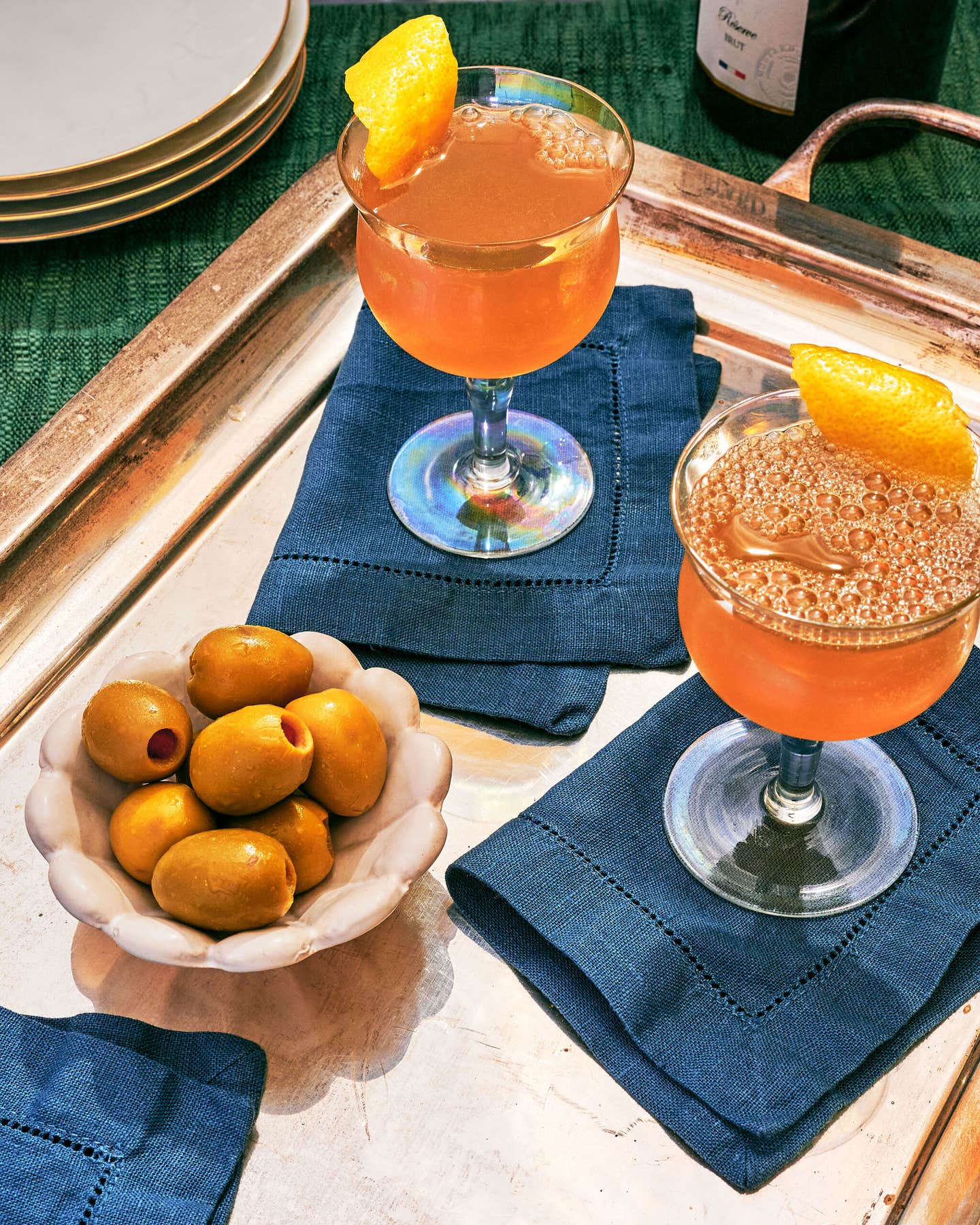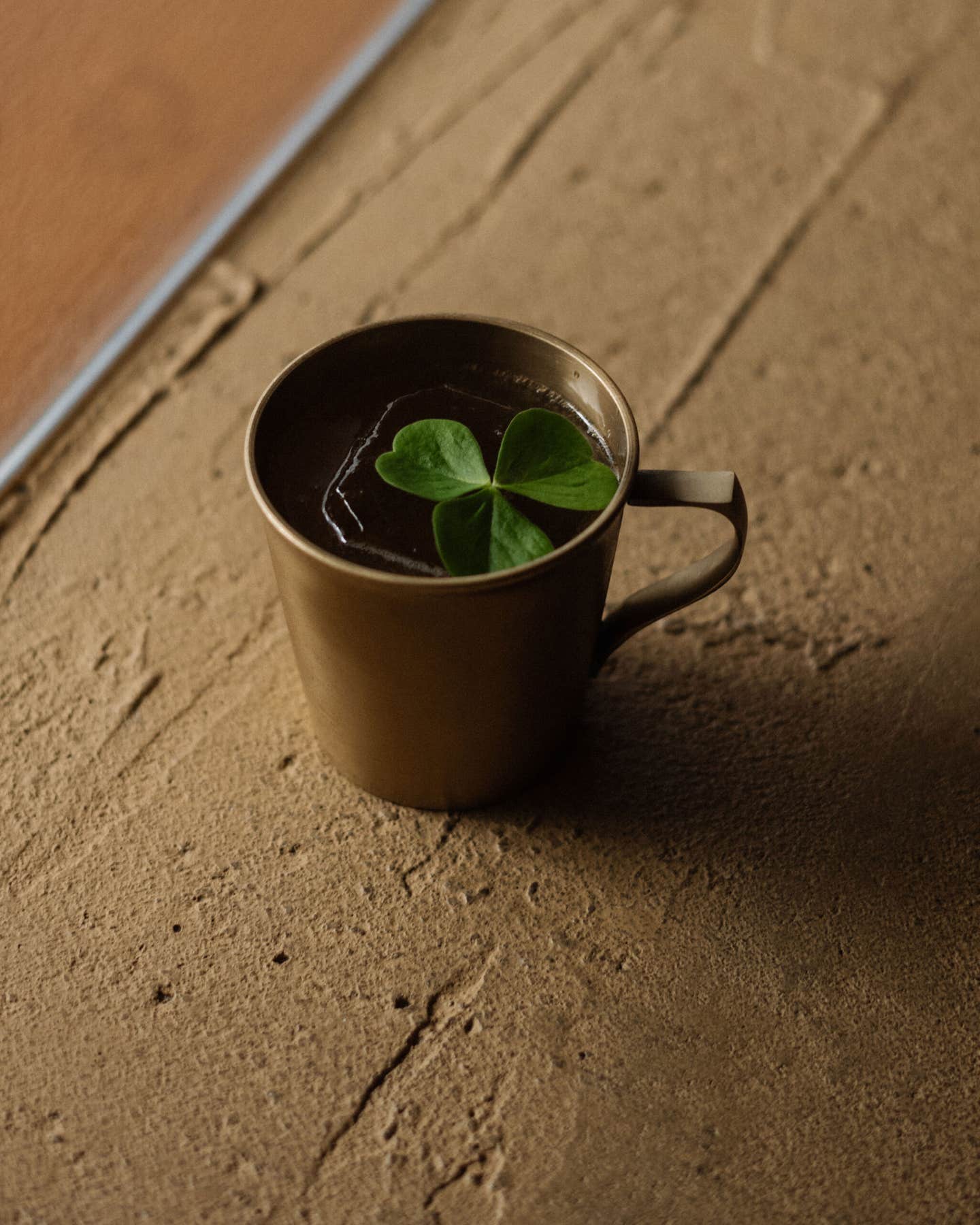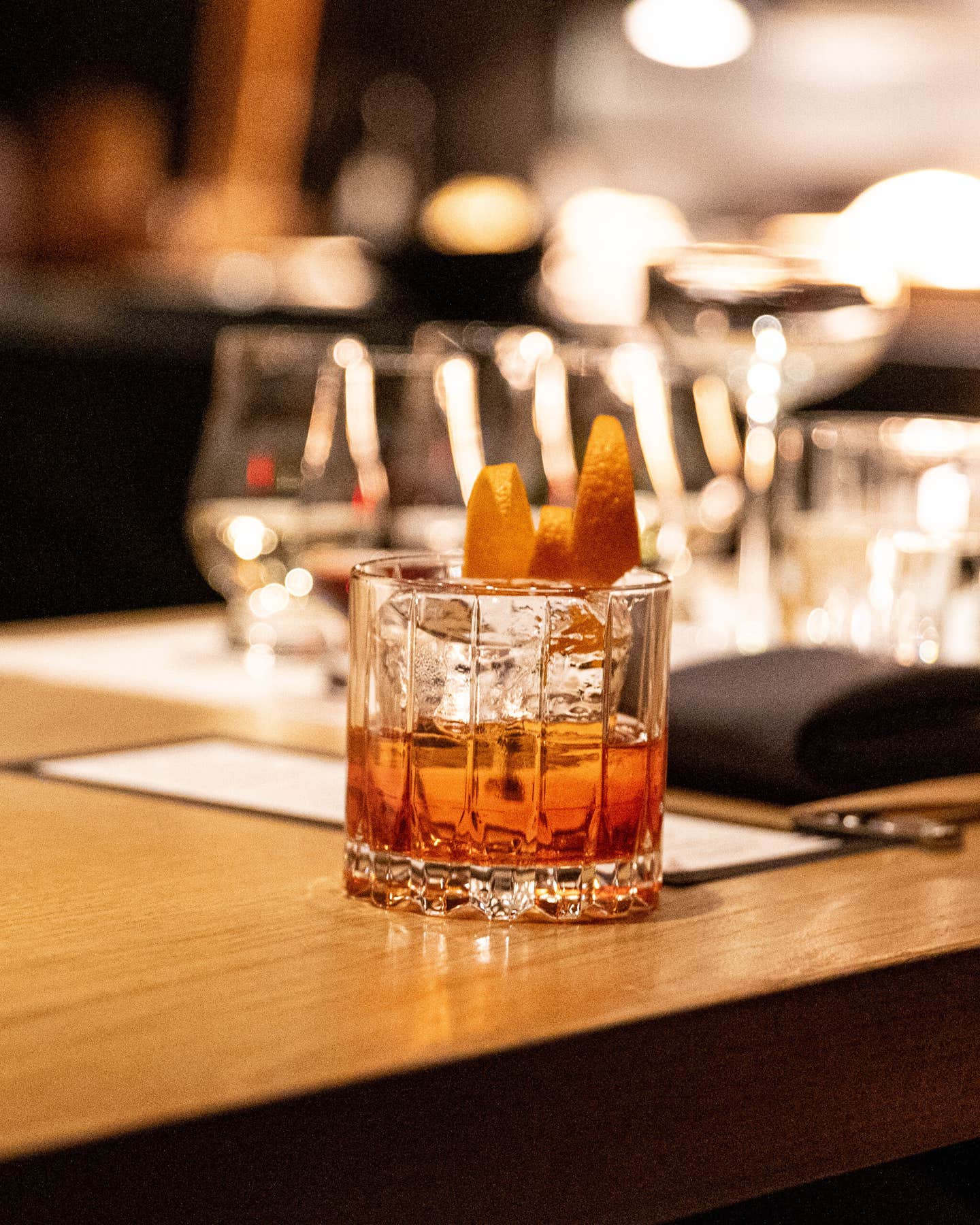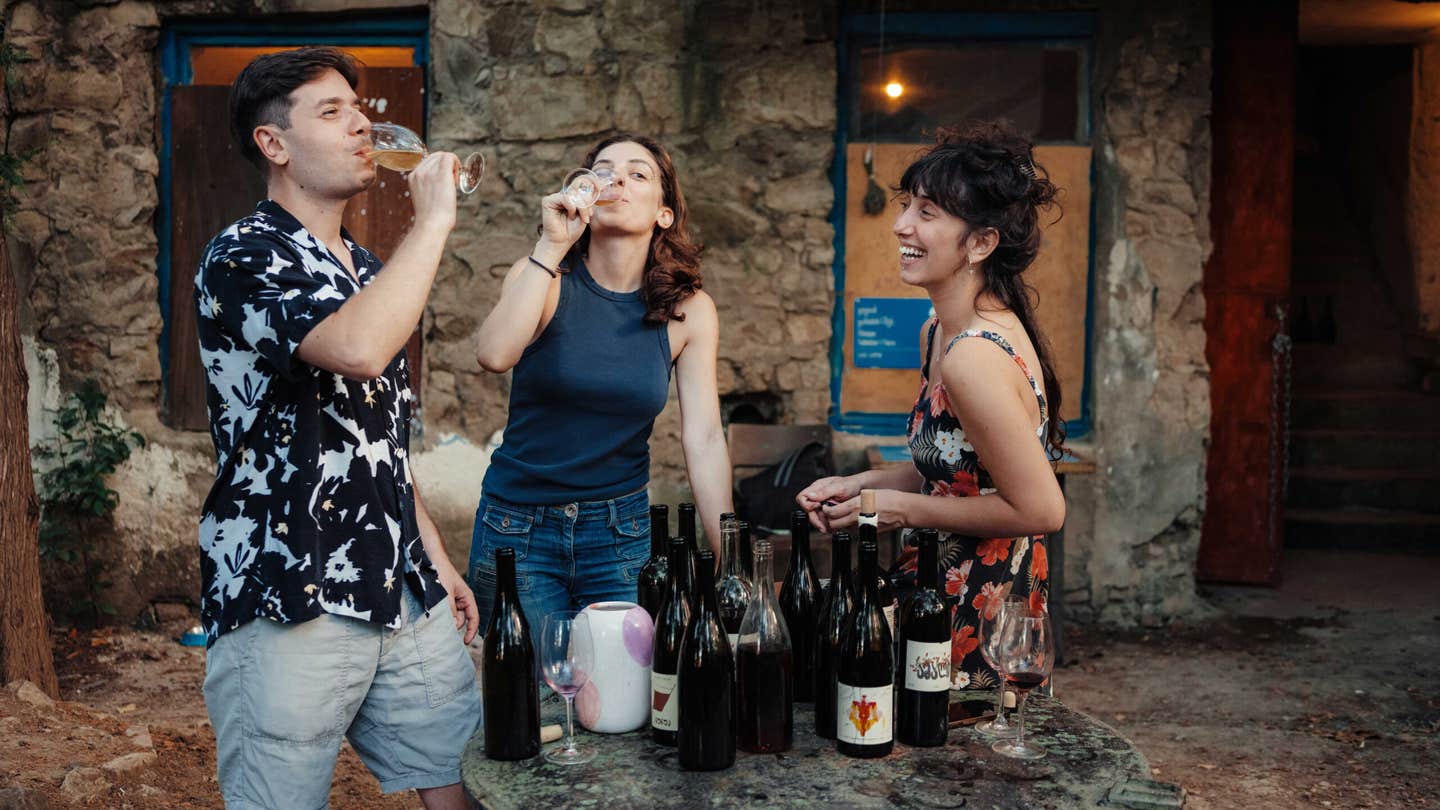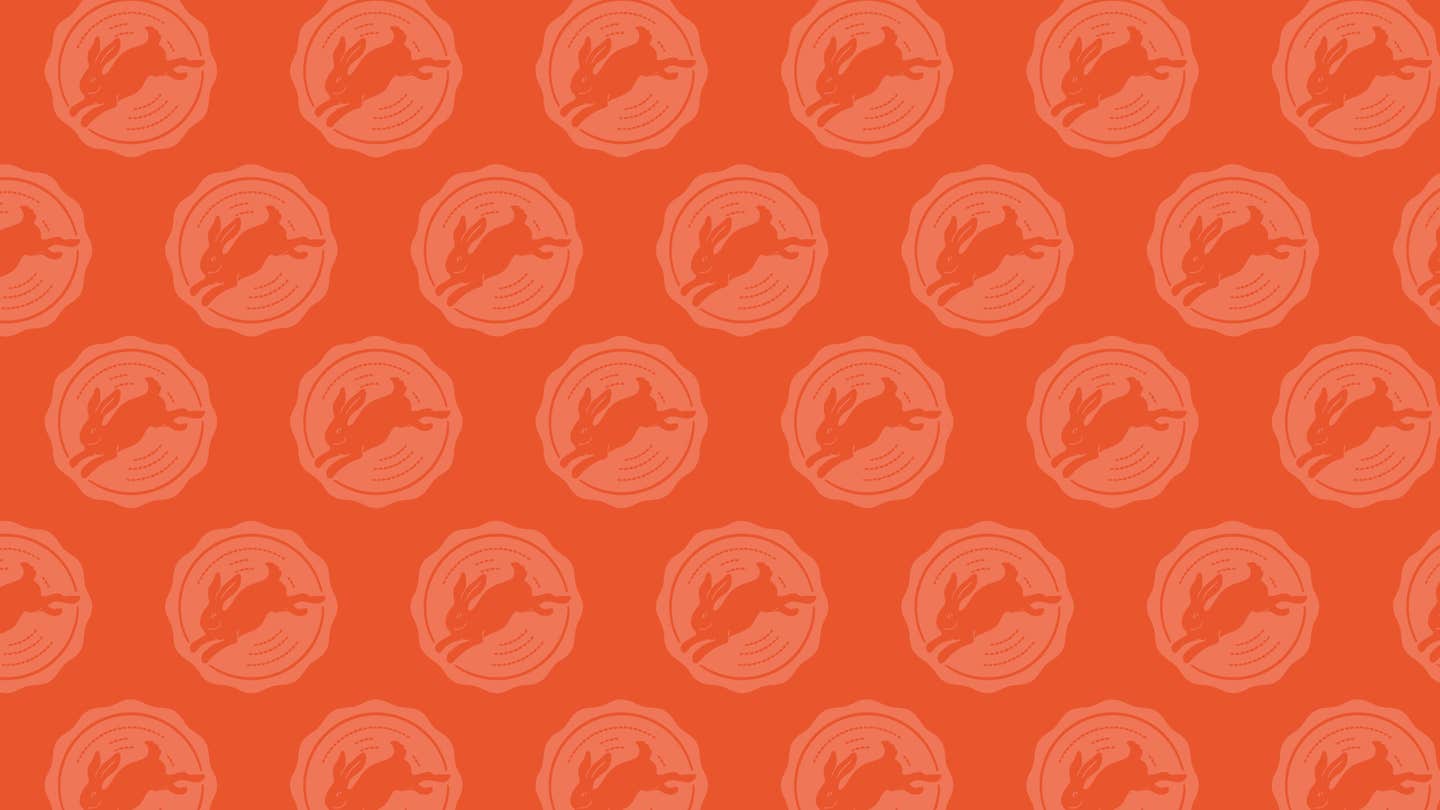
Wine from Stones
There are so many rumors about Jacques Reynaud, proprietor of Chateau Rayas and the most famous wine producer in Chateauneuf-du-Pape—the fabled Rhone Valley wine region in northwestern Provence—that separating fact from fiction is almost impossible. Does he really hide in ditches to avoid the unwelcome attentions of visiting journalists? Are his wines a blend of vintages? Is grenache the only red grape variety in his vineyards? Does he dare to add (illegal) chardonnay to his whites? And can his yield truly be as low as ten hectoliters per hectare (about four and a half cases of wine per acre)?
It is thus with a blend of curiosity and wariness that I drive towards Chateau Rayas. The "chateau" is a dilapidated country house set in the hills above the old papal town that gives the appellation its name. Will Reynaud be there? I wonder. Will he feel like talking? What mischief will he be up to? On my one previous visit to the sage of Chateauneuf, he had poured samples of his wine for me into a glass with no base, so that it could not be set down. I'd tried to scribble tasting notes with the glass tucked under my arm. "What vintage is this?" I'd asked about one barrel sample. "Depends," he had replied.
As it turns out, Reynaud is cooperative, if not exactly warm. "Well," he says when I arrive, "what do you want to do? Taste?" "Can we see the vineyards first?" I venture. "Fine," he answers, leading me off. Two hours later, we're still walking, and as we traipse around in the fields above the house, stopping now and then to savor the view towards Mont Ventoux, Reynaud begins to open up. The Rayas property includes about 86 acres of woods to 35 acres of vines. Their owner talks of both with equal affection. "Occasionally," he says, "people offer to buy the domaine. But why would I want to sell? I couldn't live anywhere else. I was born here among the trees and the vines."
It's just as well he wasn't born in his cellar. No midwife would work in such conditions. The floor is scattered with a bewildering flotsam of bald tires, traffic cones, sponges, beer bottles, bags of cement. Wading through the detritus, Reynaud takes out a little wooden ladder, climbs three steps, taps at a bung with his hammer, and plunges a pipette into an old foudre, or large cask. Perched on his ladder, he pours red wine into my glass (which has a base this time). It's the 1993 Rayas, which Reynaud professes to find disappointing. He doesn't think much of recent vintages in the southern Rhone, in fact. He picked no grapes in 1991, and claims to be underwhelmed by his 1992, 1993, and 1994 vintages.
If so, he's being a cranky perfectionist: Even in these vintages, admittedly comparatively light, Rayas reds display a perfume and an elegance that set them apart from their competitors. At times, their delicacy reminds me almost of fine burgundy. Perhaps Reynaud has got some pinot noir in his vineyards, I suggest. "It's too warm for pinot noir and too cold for mourvedre," he smiles. "Grenache is all I need."
Besides Reynaud himself, there are two striking things about Chateau Rayas. The one most immediately apparent is that the soil in Reynaud's vineyards is light, fine, sandy, and almost entirely free of the famous flat stones—known as gros galets—that are often considered to all but define Chateauneuf as a region. Chateauneuf-du-pape, it has been said, is a wine made from stones—and anyone who has visited the area has seen expanses of vines that seem to be planted not in the earth itself but in some kind of vast stone quarry. The carpet of gros galets is especially thick in the elevation known as the Plateau de Mont-Redon, behind the old papal castle, and it is this area that has traditionally been thought to produce the most structured wines of the appellation. The theory is that sunlight reflects off the stones, bouncing heat back up to the grapes and intensifying their flavor.
The truth, however, is that there are at least five different _terroirs _(the untranslatable term means something like "landscapes" in the all-encompassing sense of soil composition, geological structure, and microclimate) in Chateauneuf, each characterized by a different combination of chalk, sand, clay, and gros galets. And the majority of growers have vines in different parts of the appellation and thus blend across terroirs. Chateau Rayas and two other top estates, Chateau Fortia and Chateau de Beaucastel, are unusual in that they harvest all their grapes from their own contiguous property.
The second striking thing about Chateau Rayas is that its wines are indeed produced entirely from grenache grapes. Appellation regulations—Chateauneuf's were the first in France—permit red chateauneuf-du-pape to be blended from as many as 14 grape varieties (see box at left), and it is extremely rare to come across any one of them in isolation. But Reynaud is grenache's greatest champion. "Provided the yields are low and the alcohol level is at least 14 percent," he says, "it's a wonderful variety." (He does indeed keep his yield down to between ten and 15 hectoliters per acre.)
Grenache is the dominant grape in Chateauneuf today, but this is a comparatively recent development, dating from just after World War I. Growers committed to it largely because the grape was known to produce high yields, with good alcohol levels. If their decision was initially commercially motivated, however, it also proved an inspired one; grenache did well in local vineyards, and added a core of warm fruitiness to the wines that has come to typify them.
How thick that core should be is a matter of some dispute. If Jacques Reynaud uses nothing but grenache, François Perrin, the youthful, bespectacled co-owner of Chateau de Beaucastel, keeps the proportion down to about 30 percent of his blend. "I love good grenache," he says, "but too often it tastes heavy and flat. I prefer something with a bit more structure." To get that structure, he blends his grenache with mourvedre, a bit of syrah, counoise, and cinsault, and, he says, traces of muscardin and vaccarese—thus employing seven of the eight accepted red wine grapes.
Daniel Brunier, the stocky, rugby-playing winemaker at another top estate, Domaine du Vieux Telegraphe, uses at least 70 percent grenache—and believes that it's the age of the grapes that makes all the difference. Some of his grenache vines are 60 years old. "That means," he says, "that, even when the grapes are very ripe, they still produce silky wines with fine tannins." Both winemakers are adamant that chateauneuf should be made from a blend of grapes. "On their own, the varieties can taste angular and tannic," says Perrin, "but put them together and you have a much more complex wine."
Other leading Chateauneuf domaines using at least 70 percent grenache include the organic producer Domaine de Marcoux, as well as Grand Tinel, Chateau Fortia, Clos des Papes, Bosquet des Papes, and Roger Sabon. Among the producers who use less grenache, and more mourvedre, syrah, and sometimes cinsault, are Beaucastel, Mont-Redon, and La Nerthe, which are considered to be among the more "modern" estates.
But generalizing about chateauneuf is a fool's game. It's such a large appellation, with nearly 8,000 acres of vines and about 200 producers, that there are bound to be nuances of style and quality. As a result, it can be quite hard to spot the family resemblance between, say, Clos des Papes, Mont-Redon, and Vieux Telegraphe.
Differences are further accentuated by the increasing use in Chateauneuf of new oak barrels for aging—a fairly recent phenomenon in the region, embraced by such domaines as Mont-Redon, La Nerthe, La Gardine, and Beaurenard, all of whose wines seem closer in style to classified-growth (oak-aged) bordeaux than to traditional chateauneuf.
Jacques Reynaud disagrees with the use of new oak, of course. Mention it to him and his lips crinkle into a wry smile. "Why would I want to buy new oak?" he asks, "My wines are finely balanced, and I don't want something that would interfere with that equilibrium. Besides, they've got plenty of personality as it is." In this respect, they resemble the man who makes them—who is certainly one of the great living treasures of southern French winemaking. Long may his cellar stay messy. _
_
Keep Reading
Continue to Next Story
